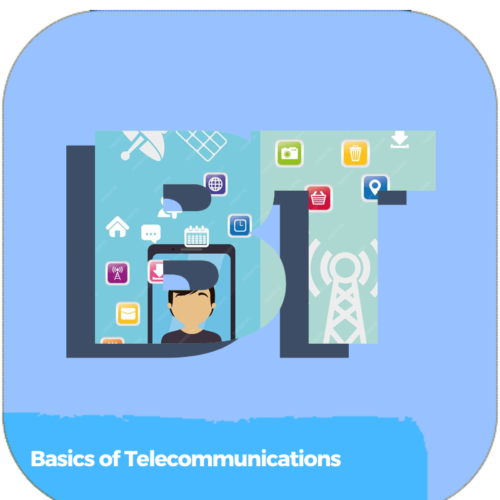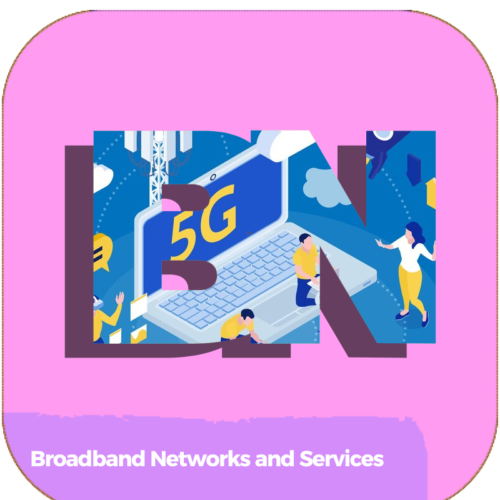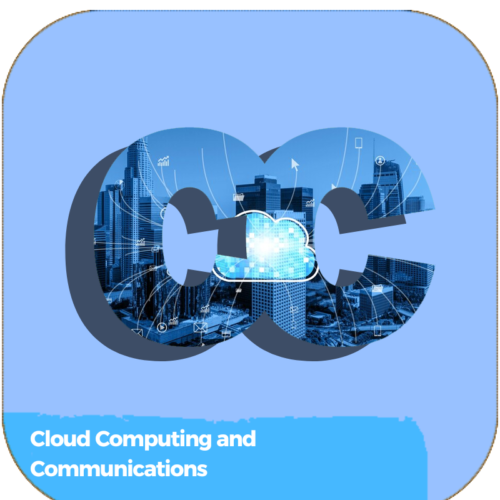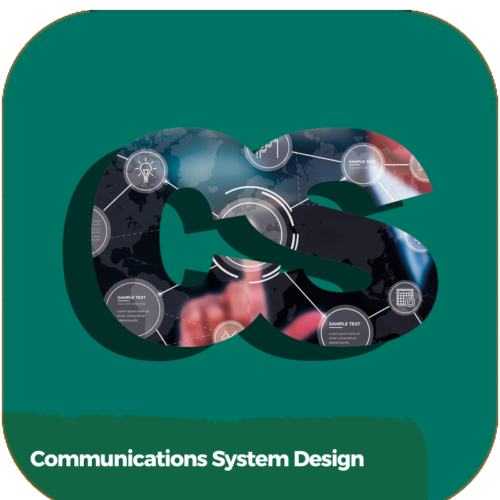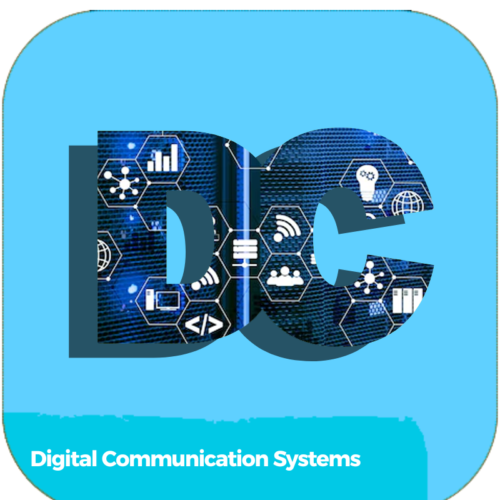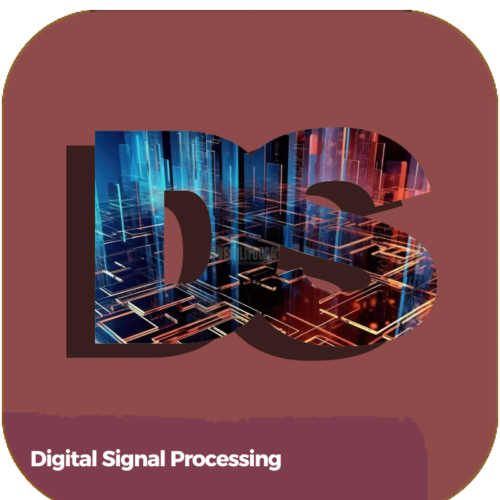Course Description: This course explores the design, implementation, and management of broadband networks and services, including DSL, cable, and fiber optic technologies. Students will learn about the principles of broadband communication and the delivery of high-speed internet services.
Course Objectives:- Understand the principles of broadband communication.
- Learn about different broadband technologies and their applications.
- Develop strategies for designing and implementing broadband networks.
- Study the delivery and management of high-speed internet services.
- Evaluate the impact of broadband networks on communication services.
Course Outcomes:- Explain the principles of broadband communication.
- Identify and apply various broadband technologies.
- Design and implement broadband networks effectively.
- Manage the delivery of high-speed internet services.
- Assess the impact of broadband networks on communication services.

